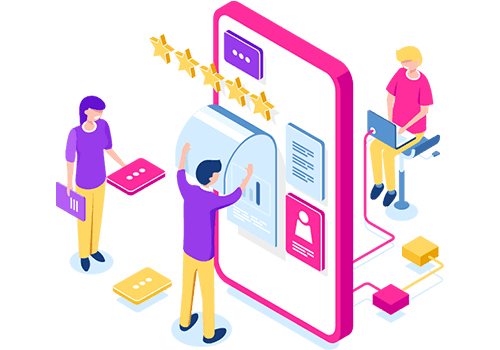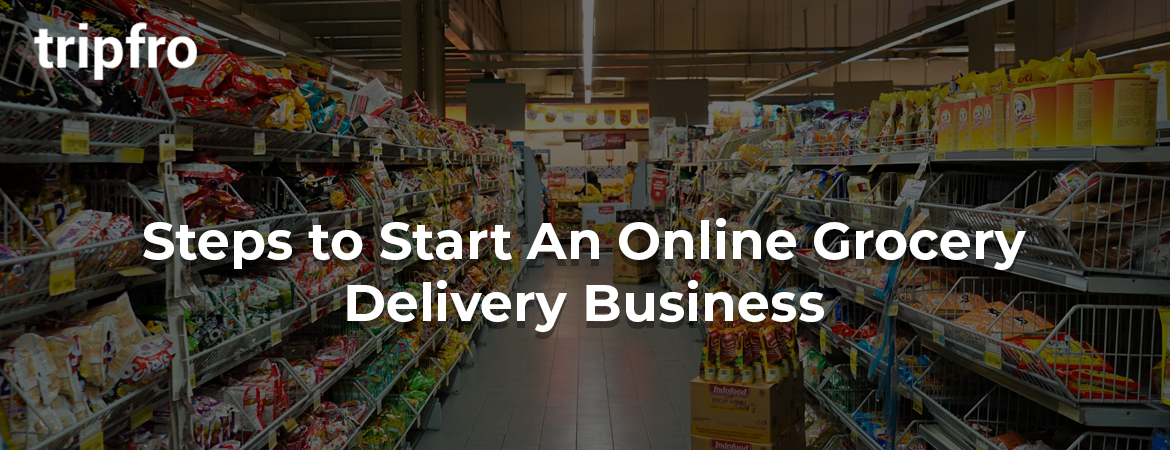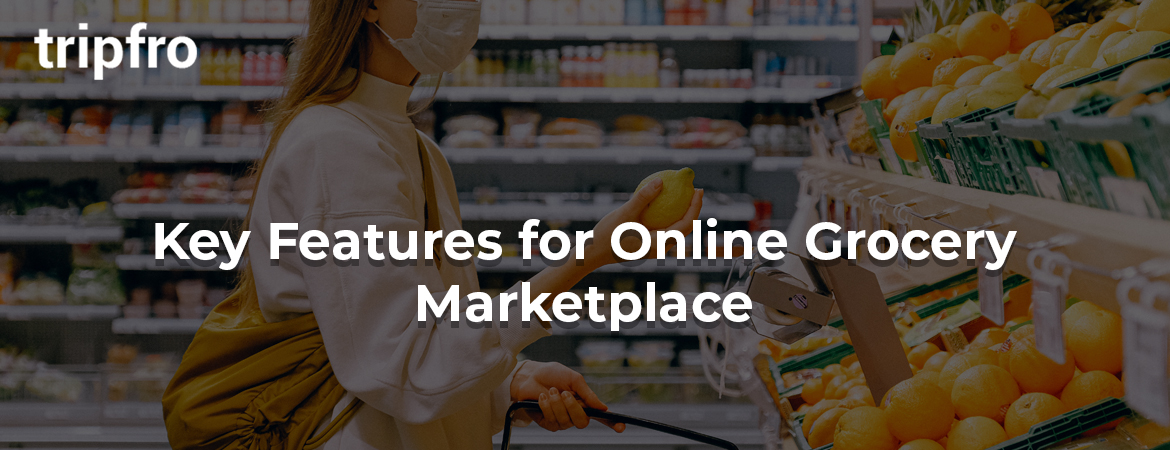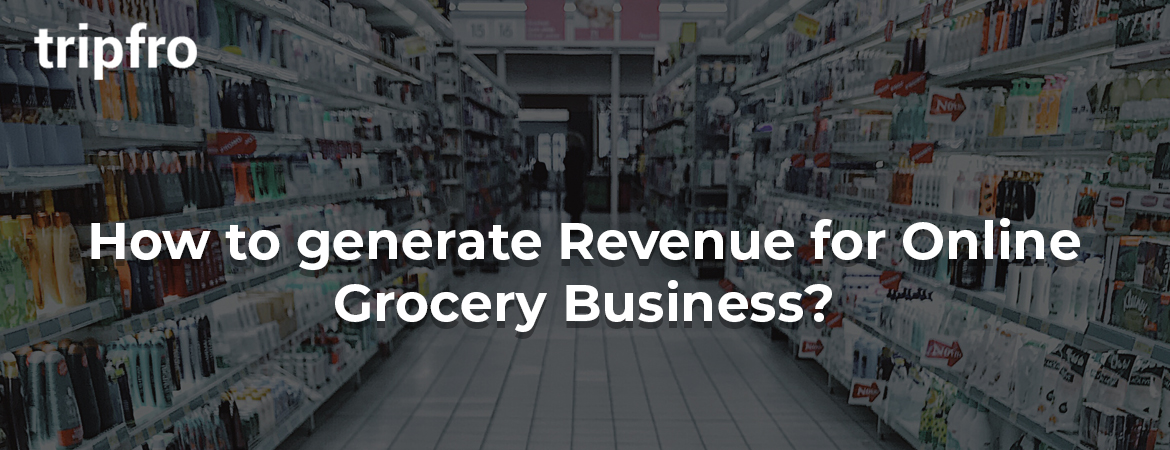Clients and Partners
Trusted by 1000+ companies around the world
Trusted by 1000+ companies around the world

Our service never stops with the sales of our softwares or API Solutions. It goes on in the form of after-sales service since we understand that our products are designed to satisfy your requirements for many years to come.We’ve an established and efficient system in place to deal with all of your after sale support needs.




Every project we take on starts with the aim of being our 'best yet', so you can be assured that our attention to detail and high quality work is present in every job we craft. We want our customers to be as excited and proud of the end product as we are, and we strive towards that goal every day.


Whatever your Business requirement, Tripfro offers completely managed best fit travel technology solution.

 Configure credit limit and deposits
Configure credit limit and deposits Multilingual travel websites
Multilingual travel websites Add offline travel bookings
Add offline travel bookings Distribute white labels
Distribute white labels Dynamic fare caching
Dynamic fare caching Commissions and markup control
Commissions and markup control Advanced Reports
Advanced Reports Manage multiple branches
Manage multiple branches Sub Agents can create and manage multiple branches and users
Sub Agents can create and manage multiple branches and users Optional cross selling platform
Optional cross selling platform SMS gateway
SMS gateway Multi currency transactions for agents and suppliers
Multi currency transactions for agents and suppliers Business intelligence reports
Business intelligence reports Online travel booking engine
Online travel booking engine Multiple sales channels - B2B, B2B2B, B2B2C
Multiple sales channels - B2B, B2B2B, B2B2C Centralised mid-office
Centralised mid-office Ability to connect multiple GDS, LCC, and third party APIs
Ability to connect multiple GDS, LCC, and third party APIs Complete Reservation Management
Complete Reservation Management Travel Agent Management
Travel Agent Management Transactional Accounting
Transactional Accounting Accounting System Integration
Accounting System Integration Comprehensive system to manage rates, discounts and allocation
Comprehensive system to manage rates, discounts and allocation Payment Gateway Integration
Payment Gateway Integration Multiple Supplier APIs
Multiple Supplier APIs Add direct contracts
Add direct contracts Redistribution API
Redistribution API

The grocery delivery business has grown up remarkably. We have also received many questions related to grocery delivery business models, such as how to make a successful grocery delivery business plan and what factors will play a key role to make a successful start?
Indeed, the delivery business for groceries is one of the fastest-growing niches of ecommerce. Given the facts and stats on online grocery shopping services, the market is expected to grow by three-folds every year, and any investment whether it be launching a grocery store or starting a grocery delivery service; will have a positive outcome.
So, if you are exploring how to start a grocery delivery business, then this article is good to read for you. You will get a comprehensive guide, tips, and suggestions here.
Steps To Start An Online Grocery Delivery Business
Step 1 – Finalize Your Business model
The business model is as simple as picking up the ordered items from the vendor and delivering them to the customer.
Grocery delivery service providers generally tie-up with several grocery wholesalers. This way, they get a broad selection of products. The online grocery delivery business works on the core model of fast, usually same-day, delivery of groceries as per user’s convenience.
It also makes sense as most of these items that users order under the umbrella of grocery products has a short shelf life. Moreover, customers prefer getting fresh items as far as food shopping is concerned. Let see how it works –
For startups
How on-demand grocery delivery model works
Let’s say you are an online grocery delivery service provider. You tie-up with local/offline grocery vendors who do not offer home delivery services to customers. You create a grocery multi-vendor marketplace where you have listed all grocery vendors in the locality. The customer selects the local vendor and orders groceries from your platform (app or website), and you then deliver the ordered items to their home.
The second way is that you can simply put up the item list on your app, without mentioning the local vendors. Now a customer can order needed items directly from your app. You buy the ordered items from the local grocery store and deliver them to the customer at their doorstep. In this model, the customer won’t know which grocery store you buy the items from. But that shouldn’t be of any concern as long as they are getting their order at the preferred time.
Suppose you are an offline grocery vendor and decide to start an online grocery delivery business. As you own a store, you include an ordering option in your app. This model is generally known as a single vendor online grocery business model. In this, from warehousing to logistics to delivery, you handle all these aspects.
For individuals and small businesses
Consider the following options to set up your grocery delivery business and test the market
Make a deal with a local store to deliver orders to customers. For every order placed, you will get a fee. In this option, the stores will handle the bills, market services and you do the delivery work.
Create an account with a wholesaler. Customer orders are placed through you and you get to make a profit. In this case, customers give you their shopping list, and you do the shopping for them.
Sign up with established companies such as Instacart or WeGoShop. Do meal kit deliveries for eateries that don’t want or have their own delivery staff.
These options are fine if you want to start this business at the individual level. You can book a decent profit on the deliveries you make. To turn it into a big business where you have your own grocery app and a team to handle different tasks, please keep reading.
Step 2 – Choose Your Grocery Delivery Solution
There are 3 major app solutions you can choose from
1. Readymade App Solution
As the name suggests, a ready-made app is already built and you can directly buy it, as it is or with some minor modifications, from its developer or the development company.
All you need to do here is choose the product you think has all of your required features included in it and get it. The developer of the app will modify the app as per your branding needs, such as the app logo, app name, theme and deliver it to you.
Pros
It is relatively cheaper than a custom app
You can immediately use your product in the market after the purchase
Delivery time is less, usually takes 2-4 weeks
No monthly subscription fee
Cons
You might have to compromise on UI/UX uniqueness
Functionalities are fixed
Adding new features, compatible with existing ones, might be a challenging task
When to choose a readymade grocery app-
If you want to launch your app quickly in the market and get the app at an affordable price, you can go with a ready-made app. If additional features are needed, you can always get them added later by paying some development fee to a developer.
2. Custom App Solution
With a custom-build mobile app, you have complete control over the design and user experience. You can ask the developer to create a fully customized app as per your needs and features requirements. A custom-built app will enable you to stand out from your competitors.
Pros
More control
Better UI and UX
Dedicated technical support is available
No recurring costs such as subscription fee and more
You can get as several features and functionalities as you want
The app is compatible with existing enterprise solutions
Cons
It is relatively more expensive than a readymade app
It will take more time to create such an app. Usually takes 3-4 months to be delivered.
When to choose a custom app-
If you want to focus on the desired quality and not worry about the budget. And if you want to pay only once, and then take complete ownership of the app after it is completed, this is the solution you should go for.
3. SaaS-Based Solution
Using a SaaS-based grocery app, you can manage your grocery delivery business with a monthly subscription model. These apps are already designed and are ready to use. Once you subscribe, the app is prepared for your business with the required customization. You can then connect your grocery outlet to the app in no time.
Pros
Ready to use, so no development time
No huge investments needed
Cons
There’s a monthly subscription fee so you do not own it
Less control over the functionalities
Step 3 – Finalize Your Monetization Strategies
There are several revenue models you can go with to make your business profitable for vendors and yourself. You can choose any of the following revenue models as per your needs
So, here’s how you can earn money
1. Advertisements
2. Subscription Model
3. Commission-based model
Step 4 – Build Your Brand (+ Legal Aspects)
Choose a name that is brandable. How? Think about the other players, their names, and how they have named their businesses. Go with something that will click to your audience and target market. Just thinking about it won’t be sufficient. You need to do the research.
See if the name is not already taken by someone else. Check if the domain name is available. Register it with a domain registrar as soon as you finalize it.
Key Features for Online Grocery Marketplace

Key Admin Features in Grocery Marketplace:
Tax & Currency Management
Administrative access at multiple levels.
Vendor Approval & Management
Inventory Approval System
Advanced level Reports & Statistics
Subscription Packages Management
Tax & Currency Management
Progressive Web Apps (PWA)
Operational Staff Management
Key Buyer Features in Grocery Marketplace:
Cart
Return Order
Auto-Detect Location
Schedule Delivery slots
Cancel Order
Tracking Order
Click and Collect
Online Grocery Website Key Features :
Attractive Page Banner
Call to actions
Match SEO standards
Mobile Friendly
Discount Coupon
Multi-Store
Cart and Checkout
Easy Navigation
Multiple Payment Options
Order Tracking
Key Delivery Staff Features in Grocery Marketplace:
My Profile Management
Delivery order management
Order Cancellation
Define Delivery Radius
Accept or Reject Order
Route Navigation
Push Notification
Key Seller Features in Grocery Marketplace:
Separate Vendor Dashboard
Order Cancellation
Order Refund Requests Management
Shop Management
Sales Report & Other Statistics
Wallet Management
Bulk Imports/ Exports
Delivery Slots Management
Pin Shop on the Map
How to generate Revenue for Online Grocery Business?

Use Digital Streams:
Commission on Each Transaction:
Commission on Delivery:
Subscription Fees:
Challenges Associated with Online Grocery Business
Customer Loyalty:
Warehouse Infrastructure and Delivery cost:
Price Fluctuations:
Products Quality Assurance:
Higher operational cost and Low margins:
Operating losses take the largest toll on the revenue of an online grocery. Online delivery can not afford delays in delivery, wrong item delivery, returns, etc. because sometimes products profit margins less than operational cost.
To overcome this issue certain steps need to be taken. You have to partner with a trustable delivery services provider who can meet your customer expectations. Moreover, integrate inventory management systems in order to automatically update inventory in the panel.
Prominent Names in Grocery Delivery Service Business
Since we understand what this specific business model looks like, and how it affects the business, it’s an ideal opportunity to investigate the real players in the market.
Postmates:
Postmates is inarguably the most noticeable player in this industry. With their services spanned over 15 states in the USA, Postmates enjoys a massive presence and serves a high number of customers.
Since its inception in 2011, they have conveyed more than 1 billion products and created an income surpassing 250 million dollars. Now that is a number!
UberRUSH:
At present, they mainly focus their services in the New York City Area (Manhattan, Brooklyn, and Queens), San Francisco, and Chicago. UberRUSH is an on-demand delivery service initiated by Uber, a brand that doesn’t need any introduction.
While Postmates and Instacart mainly focus on the B2C sector, UberRUSH takes a shot at a B2B model. In addition, UberRUSH does not offer delivery services for restaurants since they have UberEATS for this reason.
Instacart:
Instacart is another major online merchandise service provider with a global reach.
As of March 2017, Instacart delivered daily items to more than 1200 cities in about 25 states of the USA. With groceries delivered approximately to a worth of about $3.4 Billion.
Wrapping Up:
Grocery consumption is a necessary human need. Today, people are drastically dependent on online shopping. So, the online grocery delivery business idea fits flawlessly in the current dynamics, despite the above-mentioned challenges.
Furthermore, they should know how to go about them by leveraging the right technology, trends & tactics. The essential thing for grocery business owners who plan to enter this online sector is to be aware of these challenges. And that’s where this post serves as a valuable resource.
Hotels
Flight
Forex
Business
Cruise
Buses
Rails
Holidays
Cars
Destination
Sigts
Visa
Insurance
Powered by our Industry Leading Travel Technology – Including complete inventory and Global Fares –
Tripfro gives you the highest quality travel technology solution to power your brand.